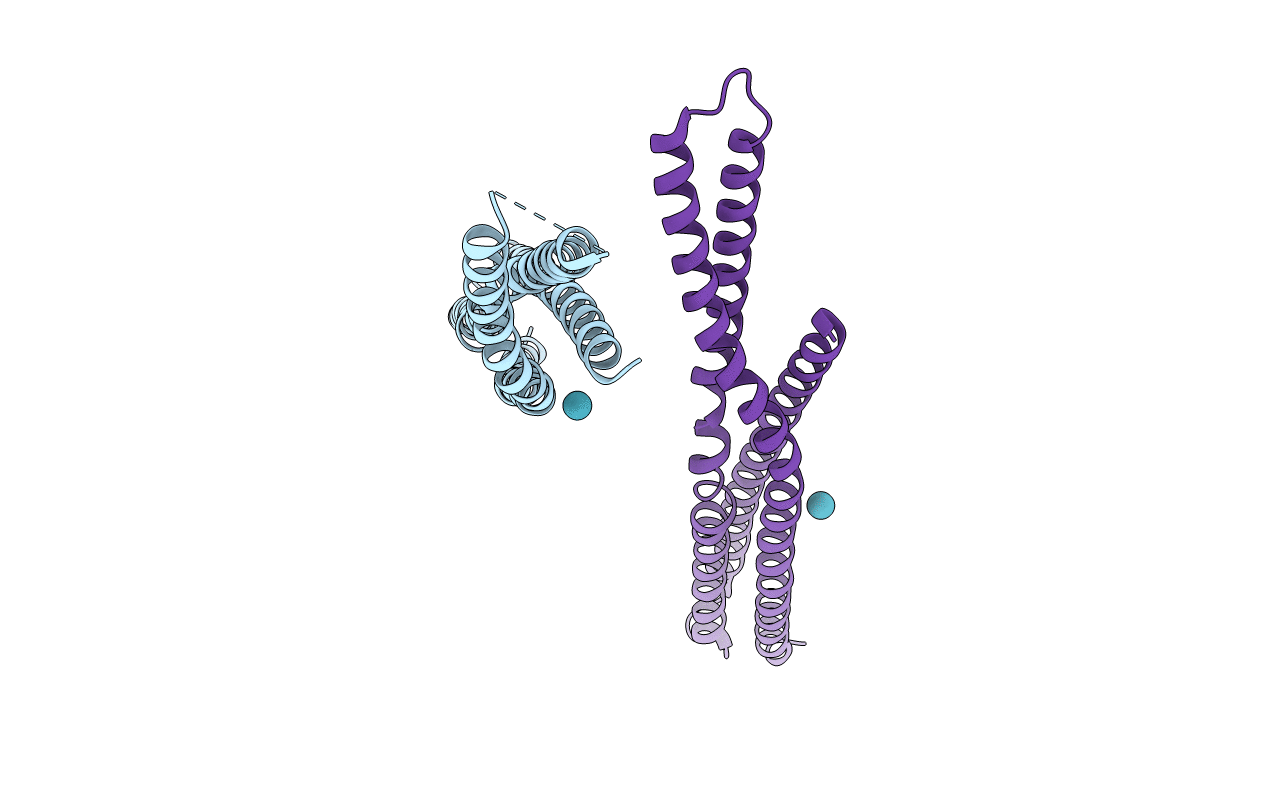
Deposition Date
2005-12-29
Release Date
2006-11-14
Last Version Date
2024-03-13
Entry Detail
PDB ID:
2FIC
Keywords:
Title:
The crystal structure of the BAR domain from human Bin1/Amphiphysin II and its implications for molecular recognition
Biological Source:
Source Organism:
Homo sapiens (Taxon ID: 9606)
Host Organism:
Method Details:
Experimental Method:
Resolution:
1.99 Å
R-Value Free:
0.27
R-Value Work:
0.23
R-Value Observed:
0.23
Space Group:
P 1 21 1


